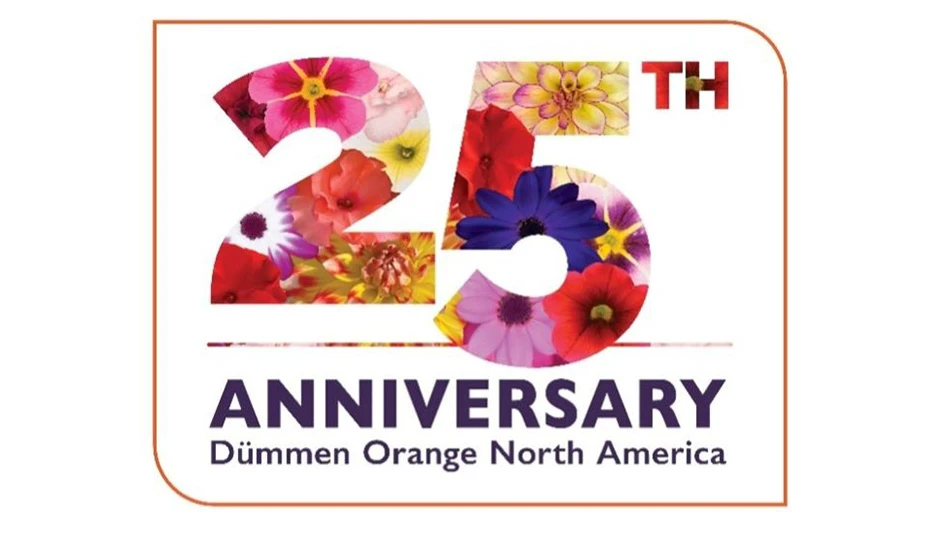
The Horticultural Research Institute (HRI), AmericanHort's foundation, is currently reviewing 55 submitted proposals for Fiscal Year 2018 funding. Greenhouse Management spoke with Dr. Jill Calabro, science and research program director at HRI, to discuss current and upcoming projects.
“Our review process entails four separate stages, including a review by key industry members for relevance and a review by the research community for scientific merit,” Calabro says. “We also give our major donors an opportunity to provide feedback. Final decisions should be made in January [2018].”
In the meantime, here are some of the projects HRI is funding, advocating and directing.
Multi-year research to study low-quality irrigation water
Over a multi-year period, HRI is funding research that Dr. Raul Cabrera, associate professor at Texas A&M University, is conducting, in which he is looking at low-quality water sources for landscape and nursery irrigation. These water sources include “graywater” from laundry use.
In the next 10 years, 80 percent of state water managers expect water shortages in some portion of their state, and water is becoming a scarcer resource, Calabro says. “It just makes sense for the green industry to be proactive in seeking water-saving techniques, conservation strategies, more efficient irrigation systems and alternative water sources,” she says. “Naturally, use of wastewater or reclaimed water is a consideration. However, there are some potential issues with micronutrient and pH imbalances that negatively impact plant health. This has been a focus of Dr. Cabrera’s for some time now, and HRI is pleased to support his work.”
2017 research modifying hydroponic plant stock
Dr. Robert Geneve, professor of horticulture at the University of Kentucky is conducting a study titled, “Developing a modified hydroponic stock plant system for mini-cuttings of difficult-to-root nursery crops.”
Geneve will harvest mini-cuttings from established stock plants and evaluate the impact of indole-3-butyric acid (IBA) on root development, Calabro says. “Eventually, plants produced through the process of mini-cuttings will be compared with plants produced through traditional cutting production and tissue culture,” Calabro says. “At this time, Eastern Redbud will be used as the model crop, but the technology could potentially be useful for other nursery species.”

The human health benefits of gardening
Out of the new research being funded by HRI, Calabro says she is personally most excited about the “Assessing human health benefits of gardening” study being conducted by Dr. Charles Guy, assistant professor and chairman at the University of Florida. “It’s a really innovative project that aims to quantify the positive effects of gardening activities, also called horticultural therapy,” Calabro says. “Ultimately, if horticultural therapy became medically accepted and perhaps even approved for insurance reimbursement, the benefits to greenhouse production would be significant. This project will not conclude until summer 2018, but is underway now. Dr. Guy is enthusiastic and dedicated to the project.”
Best practices for bee health
Earlier in 2017, HRI released best management practices for bee health. HRI has learned that not all plants attract pollinators, so it recommends growers avoid using systemic insecticides that are toxic to bees on pollinator-attractive plants, Calabro says. Such products now have labels with a “bee box” on them, due to Environmental Protection Agency regulations.
Growers also should use integrated pest management (IPM), Calabro says. “Focusing on pest prevention through inspections and monitoring will help identify pests of concern, especially regular problems in a specific location or at a specific time during the grow cycle,” she says. “The thought is that growers will then be more successful at using biological control agents and cultural or mechanical control methods, saving traditional pesticides for when populations are high and particularly problematic.”

Whitefly Task Force
Another project that HRI is involved in is the Whitefly Task Force, biotype Q, led by USDA-APHIS, Calabro says.
Q-biotype whitefly is highly resistant to pesticides and becoming a larger problem for growers, says Dr. Lance Osborne, professor of entomology at the University of Florida. “We’re trying to deal with it and figure out which states are going to regulate and which states are not going to regulate what the whole lay of the land is as far as regulatory issues,” he says.
As discussions continue regarding Q-biotype whitefly control, growers should check in with HRI for more information.
To learn more about HRI, visit hriresearch.org. HRI’s peer-reviewed scientific journal, the Journal of Environmental Horticulture (JEH), can be found at hrijournal.org

Explore the October 2017 Issue
Check out more from this issue and find your next story to read.
Latest from Greenhouse Management
- Flexible fungicides
- Super Charged Moon Juice from Moon Valley Nurseries now available nationally
- 2025 Proven Winners Horticulture Scholarship applications now open
- How to improve inventory and shipping management in the greenhouse
- Leading Women of Horticulture: Anna Ball, Ball Hort, and Terri McEnaney, Bailey Nurseries
- GM CEA HERB Part 2: A guide to increasing the sowing density of culinary herbs
- GM CEA HERB Part 1: Best practices for producing culinary herbs in controlled environments
- USDA fires experts on invasive pests, including Asian citrus psyllid, chilli thrips






